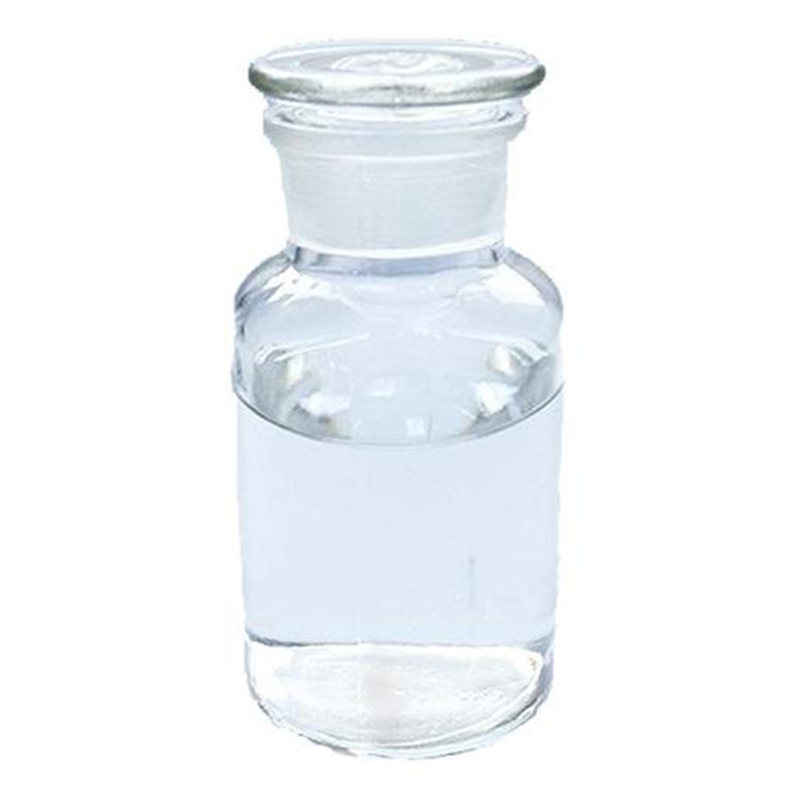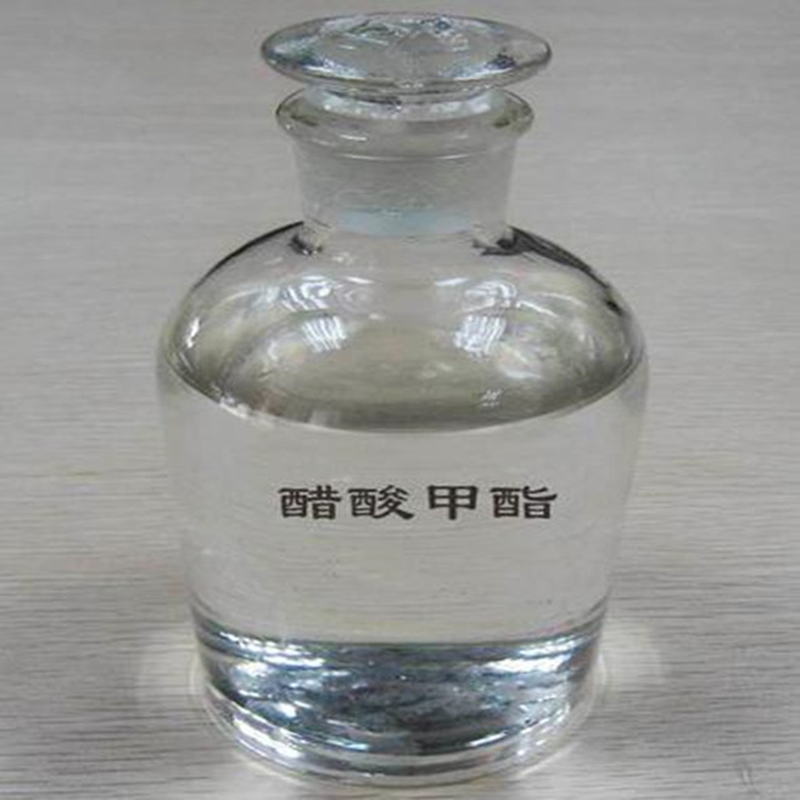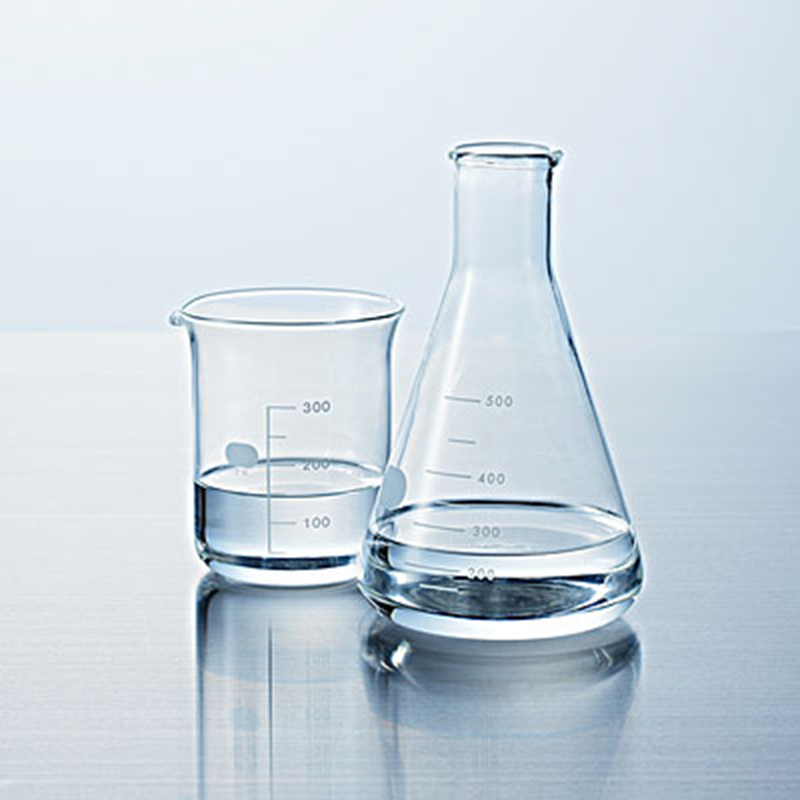
Methyl acetate
Key words:
Methyl acetate
Classification:
- Details
-
methyl acetate
Methyl acetate (methyl acetate) has gradually become a mature product in the world, used to replace acetone, butanone, ethyl acetate, cyclopentane, etc. In 2005, Eastman Company in the United States replaced acetone solvent with methyl acetate, because methyl acetate is not a restricted use of organic pollution emissions, and can meet new environmental protection standards for paint, ink, resin, and adhesive factories.
Main purpose
Resins, coatings, inks, paints, adhesives, organic solvents required for leather production processes, polyurethane foam blowing agents, Tianna water, etc.
Product advantages
1. It can be miscible with most organic solvents;
2. It has a wide range of solubility and can dissolve acrylics, vinyl, nitrocellulose, epoxy, polyurethane, polyester, phenolic resins, etc.;
3. It has a higher flash point and higher anti-whitening performance than acetone, and can better meet the requirements of coatings, paint process formulations and users;
4. In the process formula that requires the use of low-boiling volatile organic solvents, it can replace the application of ethyl ester, acetone and butanone;
5. Polyurethane shoe materials can replace cyclopentane, HCFCs, etc., as environmentally friendly foaming agents
6. VOC-Exempt Regulation Status Exempted from restrictions, environmentally friendly solvents.
emergency response
Skin Contact: Remove contaminated clothing and rinse skin thoroughly with soapy water and water.
Eye Contact: Lift the eyelids and rinse with running water or normal saline. Seek medical attention.
Inhalation: Quickly leave the scene to a place with fresh air. Keep the airway unobstructed. If breathing difficulties, give oxygen. If breathing stops, give artificial respiration immediately. Seek medical attention.
Ingestion: Drink enough warm water to induce vomiting. seek medical attention.
Respiratory protection: When you may be exposed to its vapors, you should wear a self-priming filter gas mask (half mask). It is recommended to wear an air respirator during emergency rescue or evacuation.
Eye protection: Wear chemical safety glasses.
Body protection: wear anti-static work clothes.
Hand protection: Wear rubber oil-resistant gloves.
Other protection: Smoking is strictly prohibited at the work site. After work, shower and change clothes. Pay attention to personal hygiene.
Leak emergency treatment: Quickly evacuate the personnel from the leaked pollution area to the safe area, isolate them, and strictly restrict access. Cut off the fire source. It is recommended that emergency personnel wear self-contained positive pressure breathing apparatus and anti-static work clothes. Cut off the source of leakage as much as possible. Prevent it from flowing into restricted spaces such as sewers and flood ditches. Small leaks: Absorb with activated carbon or other inert materials. It can also be rinsed with a lot of water, and then diluted with washing water and put into the wastewater system. Large leaks: Build embankments or dig pits for containment. Cover with foam to reduce vapor disasters. Transfer to tankers or special collectors with explosion-proof pumps, recycle or transport to waste disposal sites for disposal.
Hazardous combustion products: carbon monoxide, carbon dioxide.
Fire extinguishing method: Use anti-soluble foam, carbon dioxide, dry powder, and sand to extinguish the fire. It is ineffective to extinguish the fire with water, but the container in the fire can be kept cool with water.
Management information
Management of operations
Closed operation, full ventilation. Operators must be specially trained and strictly abide by the operating procedures. It is recommended that operators wear self-priming filter gas masks (half masks), chemical safety glasses, anti-static work clothes, and rubber oil-resistant gloves. Keep away from fire and heat sources, and smoking is strictly prohibited in the workplace. Use explosion-proof ventilation systems and equipment. Prevent steam from leaking into the air of the workplace. Avoid contact with oxidants, acids, and alkalis. When filling, the flow rate should be controlled, and there should be a grounding device to prevent the accumulation of static electricity. When handling, it should be loaded and unloaded lightly to prevent damage to packaging and containers. Equipped with the corresponding variety and quantity of fire fighting equipment and leakage emergency treatment equipment. Empty containers may remain harmful.
Storage management
Store in a cool and ventilated warehouse. Keep away from fire and heat sources. The storage temperature should not exceed 30 ° C. Keep the container sealed. It should be stored separately from oxidants, acids and alkalis, and should not be mixed. Use explosion-proof lighting and ventilation facilities. It is forbidden to use mechanical equipment and tools that are prone to sparks. The storage area should be equipped with leakage emergency treatment equipment and suitable containment materials.
Management of transportation
During transportation, the transportation vehicle should be equipped with the corresponding variety and quantity of fire fighting equipment and leakage emergency treatment equipment. It is best to transport in the morning and evening in summer. The tank (tank) car used during transportation should have a grounding chain, and holes can be set in the tank to baffle to reduce shock and generate static electricity. It is strictly forbidden to mix and mix with oxidants, acids, alkalis, edible chemicals, etc. During transportation, it should be protected from sun exposure, rain, and high temperature. Stay away from fire, heat sources, and high temperature areas during stopovers. The exhaust pipe of the vehicle carrying this item must be equipped with a fire-blocking device, and it is forbidden to use mechanical equipment and tools that are prone to sparks for loading and unloading. When transporting by road, it should be driven according to the prescribed route, and do not stop in residential areas and densely populated areas. It is forbidden to slip away during railway transportation. Bulk transportation by wooden boats and cement ships is strictly prohibited.
Leave A Message
More Products





